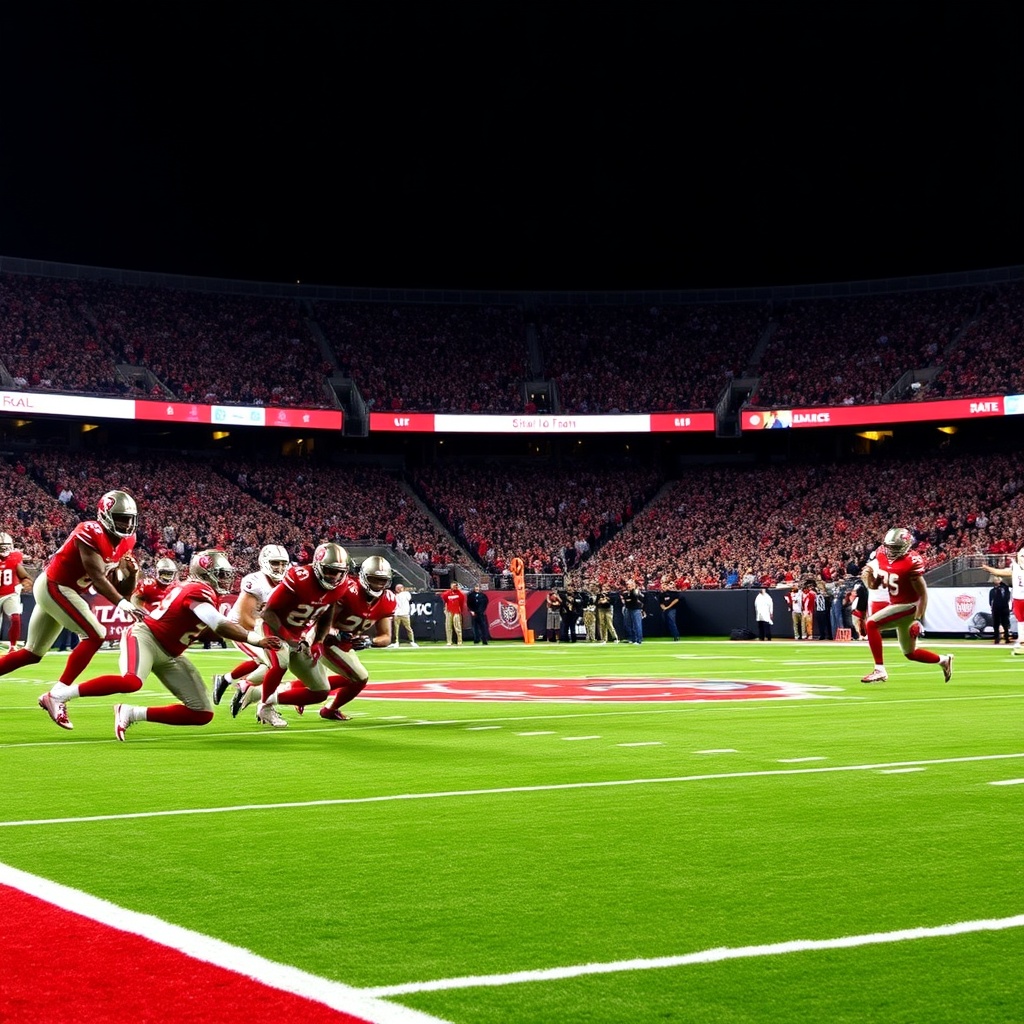Tampa Bay Buccaneers: Navigating the Post-Superstar Era and Building a New Identity
The Tampa Bay Buccaneers remain one of the NFL’s most intriguing stories as the franchise transitions from a superstar-driven chapter to a more balanced, sustainable model. The team’s identity is shifting toward disciplined defense, smarter cap management, and a mix of veteran leadership and young talent aiming to restore consistent competitiveness.

What defines the Buccaneers now
– Coaching philosophy: Under a defensive-minded head coach, the Bucs emphasize physicality, versatility, and situational football. Schemes prioritize pressure and turnovers while asking playmakers on offense to create mismatches in the passing game.
– Receiving cornerstone: A perennial go-to wideout continues to anchor the passing attack, offering rare consistency that helps the offense maintain vertical threat no matter the quarterback situation.
– Roster turnover and youth infusion: Roster churn is part of the rebuild. Front office moves in free agency and the draft focus on shoring up the offensive line, adding playmakers, and developing a secondary that can mirror opponents and limit explosive plays.
Fan culture and the Raymond James experience
Tampa Bay’s game day atmosphere remains a major draw. The pirate ship and spirited tailgating culture create one of the most recognizable home-field environments in the league. Raymond James Stadium is a hub for community events beyond football, with upgrades and fan experiences geared toward making every visit memorable.
Key strategic priorities
– Quarterback stability: Finding or maintaining a dependable presence under center is central. The team’s offensive scheme is designed to be adaptable, supporting both a strong running game and quick passing when needed.
– Protecting the passer: Investing in the offensive line is a recurring theme. Adequate protection creates time for playmakers to work and reduces turnover risk.
– Defensive versatility: Speed and matchup flexibility in the secondary and linebacker groups are valued. The aim is to generate pressures and force opponents into mistakes without sacrificing sound coverage discipline.
– Cap-conscious moves: Balancing veteran signings with cost-effective youth development helps sustain roster depth across a long season.
Rivalries and regional importance
The Bucs’ divisional rivalries keep local interest high, with games against nearby opponents drawing strong attention across the region. Rivalry weeks become primetime showcases for both fan bases and are often pivotal in shaping postseason hopes.
How to follow and engage
– Game-day: Secure tickets early for popular matchups and look for premium experiences if you want behind-the-scenes amenities.
– Social and local coverage: Follow team channels and local beat writers for lineup updates, injury news, and locker-room insights.
Podcasts and postgame shows are great for deeper analysis.
– Fantasy considerations: Rely on the team’s primary playmakers and watch the quarterback situation closely—targeting consistent receivers and rushers is a safer fantasy path than banking on volatile passing numbers.
Long-term outlook
The Buccaneers’ path forward combines smart roster construction with a renewed commitment to culture and fundamentals.
With an established receiver, a defensive-focused coaching staff, and an engaged fan base, the franchise is positioned to compete while reshaping its identity for sustained success.
For fans and casual observers alike, this is a compelling moment to watch how strategic decisions translate on the field. Whether you follow for the drama of each game or the broader arc of a rebuild, the Buccaneers remain a team worth tracking.